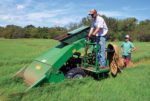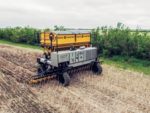Crop Protection Roundup 2020
New Crop Protection Tools For 2020 Growing Season
Unique chemistries to target resistant weeds and products to fight sucking insects and soil-born pests highlight new choices for no-till and conventional growers alike in new registrations for the coming year.
Read More














